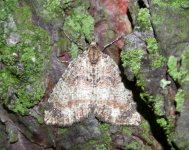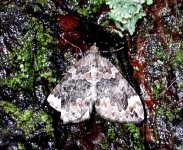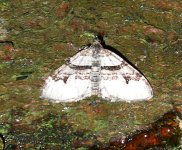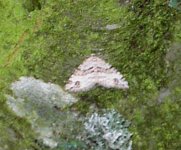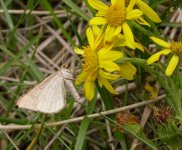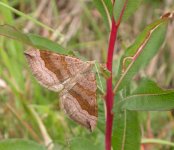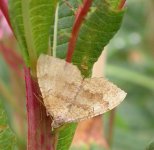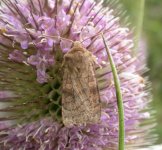I am off to Northumberland tomorrow for a brief camping trip (probably near the coast but not decided yet!), and thought it would be inappropriate to go to the land of Harry and not try a bit of mothing.
Not taking the trap though, as suspect the MV light would not be popular with fellow tenters even if there was an electricity source. So I was considering taking a sheet, putting it on the ground and putting my camping gas lantern on it, and seeing what turned up.
Anyone any experience of this?
Happily it looks like the weather will be nice and overcast.
And, Harry, if you're out there today, is there a must-see site for day-time moths/butterflies/other insects? My GF is coming too, so there may not be much time for dedicated entomological activity, as I think it is fair to say her interest is a little less than mine, but I am taking my net.
Thanks all.
Andrew
Not taking the trap though, as suspect the MV light would not be popular with fellow tenters even if there was an electricity source. So I was considering taking a sheet, putting it on the ground and putting my camping gas lantern on it, and seeing what turned up.
Anyone any experience of this?
Happily it looks like the weather will be nice and overcast.
And, Harry, if you're out there today, is there a must-see site for day-time moths/butterflies/other insects? My GF is coming too, so there may not be much time for dedicated entomological activity, as I think it is fair to say her interest is a little less than mine, but I am taking my net.
Thanks all.
Andrew




